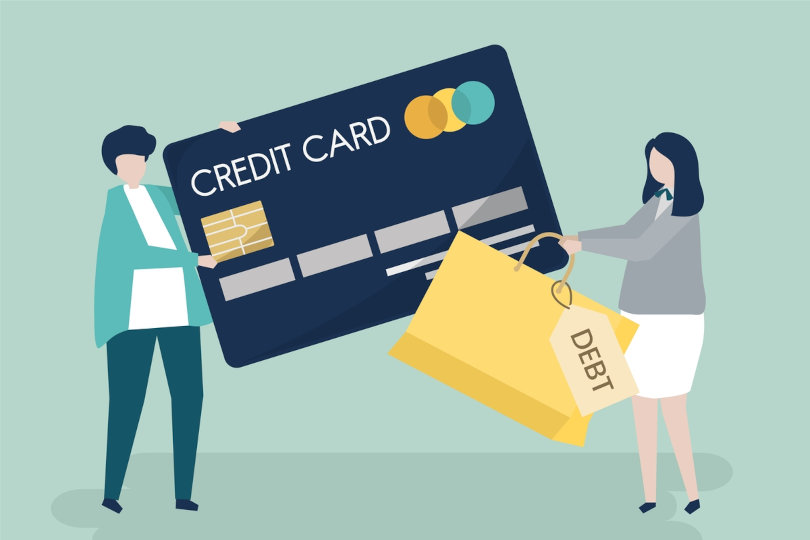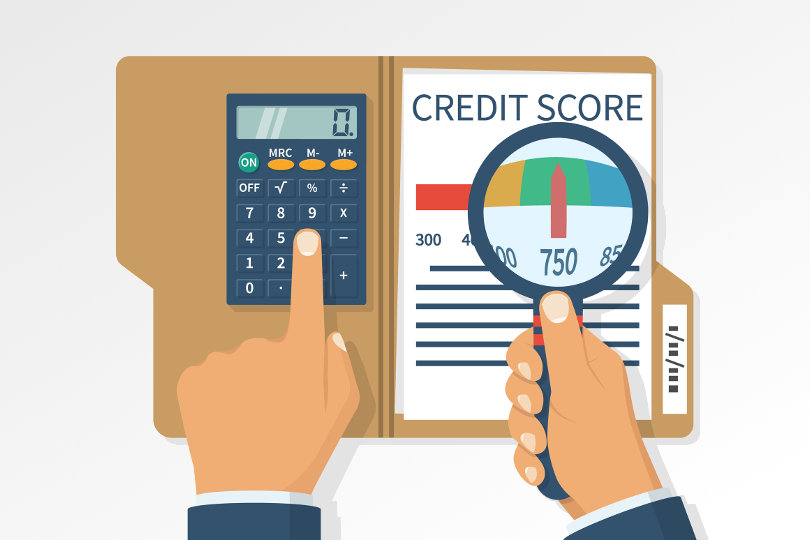While it is never advisable to carry a credit card balance, there may be times when there’s no way around it. Perhaps an emergency has occurred that ties up the funds you would normally use to pay off the balance or heaven forbid, you accidentally miss a payment and end up incurring interest. One seemingly simple percentage point can make a huge difference in how much it costs to borrow on credit.

How Rate Increase Makes a Difference
Consider how an increase of a mere 1% in the annual percentage rate affects a monthly balance of $10,000 over the course of a year.
$10,000 x .18 (APR) x 1 year = $1,800 in interest
$10,000 x .19 (APR) x 1 year = $1,900 in interest
While a hundred dollar savings may not seem like much, multiply that by the possibility of rates substantially higher and you can easily see the importance of maintaining a low APR.
Each lender independent of the others determines how much it costs to borrow. However, while they use a variety of factors and different criteria, there are general guidelines that can help you see why you’re paying the current rate. Knowing how and why your rate is where it’s at is the first step in working to secure a better one.
What Influence your Rates?
Each of these three factors is used towards determining your rate and can be improved upon by some degree through education and your committed effort.
1. Your Credit Score
Credit scores are numerical ratings from 350 to 850 that reflect how well you are managing your finances. Calculations are made by the three credit reporting bureaus using different algorithms with figures that include past history and current income, mortgage employment, bank accounts, credit and loans.
It’s obvious that you want a higher credit score. The big question is, how? Well, firstly, you need to fix your low score. To build up or repair a low score, you’ll need to focus on making timely payments and keeping debt to a minimum.
2. Your Ability to Pay
The score you currently have is only a partial factor involved in a credit decision. While your level of income is a vital component of the equation, your credit-to-debt ratio is just as important to lenders who need to access their risk in lending further credit.
For the best rates, keeps your debt-to-income ratio below 20 percent. Use your take-home pay to calculate the percentage that is used for paying the mortgage, auto loans, credit cards, student and personal loan payments as well as any required minimum monthly payments for credit cards. Exclude groceries, utilities and other living expenses from the calculation.
If you have too much outstanding debt, you may be denied further credit or be charged an exorbitant interest rate. Two ways to improve your interest rate is by either increasing your income or lowering your debt.

3. Your Credit History
No matter how awesome your credit score may be, without a sufficient history lenders will continue to charge high interest rates.
Time is no man’s friend is a well-known cliché that speaks volumes about the difficulty of establishing a credit history. It will require patience and perseverance to maintain good money management habits that reflect in an excellent credit history that lenders will appreciate.
For someone with little history, it may be wise to seek out a co-signer to be able to manage several accounts at once to speed up the process.
Be Proactive!
Don’t lose hope, if your interest rates are high. Be proactive and talk to the lender about the criteria they used and ask if the rate can be lowered. Another option is to compare credit card offers for new accounts being sent to you and consider applying for a lower rate credit card.
As stated above, even the reduction of a percentage point or two can mean saving a hundred dollars or more over the course of a year.







